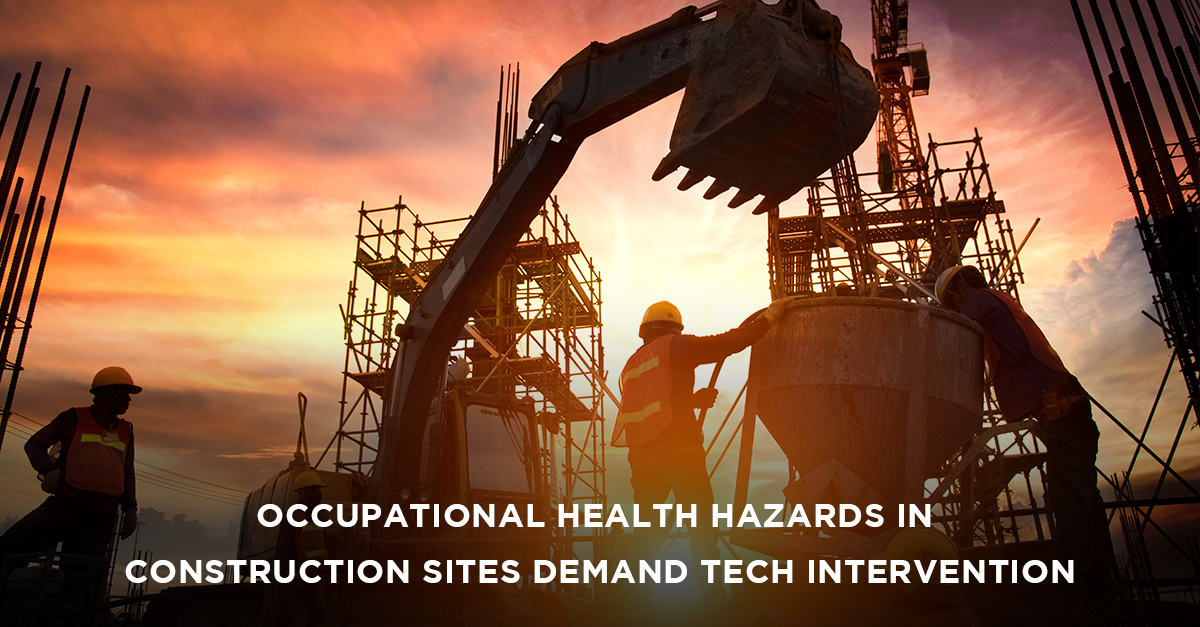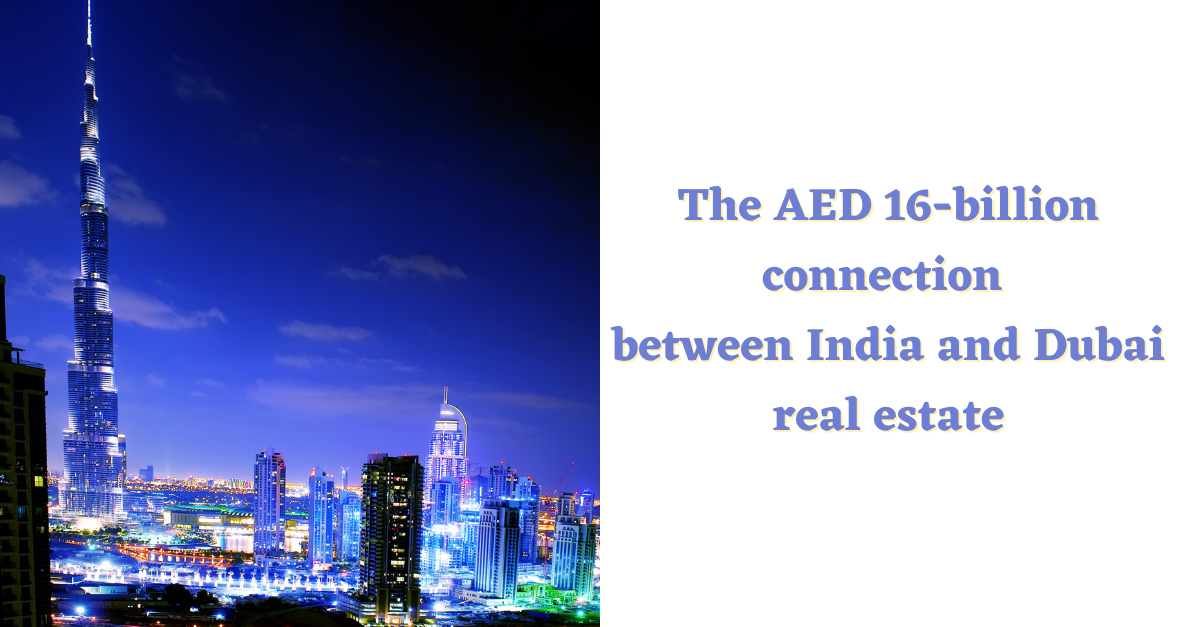Occupational health hazards in construction sites demand tech intervention
In Dec, 2019, Dubai achieved the remarkable feat of building the world’s largest 3D-printed structure, using three workers and a printer. The two-storey administrative building is another jewel in Dubai’s architectural crown and a reminder of how far the industry has come.
3D printing is among the many innovations through which the burgeoning Proptech revolution is transforming real estate. Progressive businesses in the sector are incorporating technologies as varied as smart materials that use nanostructures and shape-memory polymers, and IoT and AI enabled building management. But one aspect of the expansion of tech applications in construction, which can sometimes get overlooked, is worksite safety.
Despite the widespread adoption of technology in real estate, the construction industry continues to be prone to inherent health hazards. The “fatal four” – falls, struck-by, electrocution and caught-in/between – are still commonplace in the trade. According to the International Labour Organization (ILO), around 2.3 million workers succumb to work-related accidents or diseases every year, which corresponds to over 6000 deaths every single day(1). As per ILO, the greatest causes of mortality in the global labour market are not accidents but circulatory diseases (31%), work-related cancers (26%), and respiratory diseases (17%). Needless to say, the construction industry also registers a disproportionately high rate of on-site accidents as well.
By its nature, construction entails high-risk operations, where workers encounter unpleasant surprises at every turn. Contractors, for their part, have to contend with rigid regulations, tight deadlines and budget constraints. Round-the-clock shifts, lean operations and exacting work conditions are common. At times, unforeseen weather changes can also aggravate underlying issues, leading to mechanical inefficiencies and potential accidents. Even under ideal weather conditions, it is not unusual to witness workers operating in noisy, hazardous settings, without ear protectors or appropriate facemasks. Majority of accidental construction deaths are attributed to fatal falls from high-altitude operations, in the absence of a harness. Despite alarming numbers and safety gaps, Proptech has yet to make a visible impact in mitigating the risk in construction. However, that is not to say that technology isn’t increasingly making solutions available.
Tech-enabled safety solutions
Suits: Construction accounts for the highest rate of occupational musculoskeletal injuries, as a result of heavy lifting. This recurring problem is being addressed by assist suits, popularly known as exoskeletons. These are further classified into powered and unpowered suits. Unpowered suits are designed to ensure proper posture and redistribute the loads using counterweights, aiding risky maneuvers. Powered suits are equipped with a network of motors and sensors, which push conventional weight-lifting boundaries, reducing undue stress or strain.
Sensors: Modern construction is increasingly using site sensors that can monitor site conditions – including temperature, noise, asbestos levels and the presence of volatile organic compounds. They provide real-time insights to managers, who can initiate an evacuation if needed, or address issues, whenever they surface.
Safety-related software and wearables: As the name suggests, wearables are smart devices integrated with safety software. The collected data is analyzed and used to benchmark standards. IoT-based wearables automatically collect information from on-site workers, recording their movements and operational purviews. Any anomaly will prompt an alarm via text messages, which alerts the worker, or in case of an accident, intimates the person-in-charge, so that appropriate action can be taken immediately.
Virtual reality (VR): Raising awareness is essential to achieving construction safety, as is the upskilling of the workforce. Failure to do so can have disastrous consequences, especially when high-tech equipment is involved. To that end, VR simulations can help replicate the construction site and operations, which can be used to acquaint the staff with ground conditions and train them for high-risk, tech-heavy operations, using simulated virtual representations.
Automation, unmanned operations: Unmanned or reduced labour operations are the premise behind 3D printing. The rationale extends to self-driving trucks and construction robots. However, this segment faces several roadblocks to widespread application. Researchers at Harvard and Wyss, among other institutes, are delving deeper into how automation can be deployed in construction. As it stands, the widespread application of unmanned operations is often limited to the use of drones in pre-project site surveys, aerial imaging and identification of potential hazards.
Construction safety in Dubai
In 2018, the Dubai Municipality, at the behest of Sheikh Mohammed, launched a global initiative called ‘Zero Accident Construction Challenge’. The initiative encouraged contracting companies to achieve the highest number of working hours without any accidents or regulatory violations. Requirements that construction sites need to adhere to, are stipulated in the Dubai Municipality Building Safety Practice Manual. In addition, the UAE advocates for construction safety through certification drives, compliant with the latest international OHS standard, ISO 45001. The government has also specified clear guidelines for employees’ safety and health under Articles 91 to 101 of the UAE Labour Law(2).
These measures underscore the UAE’s acknowledgement of the moral imperative in pushing for safety in construction. No deadline or budget constraints can justify for construction-related injuries or deaths. Construction mishaps and accidents lead to downtime, legal challenges and tedious insurance processes, which add to existing pressure and create more complications. A study from Liberty Mutual found that serious, non-fatal injuries resulted in almost $60 billion in direct U.S. workers compensation costs. Contractors need to view tech-driven construction safety as a prudent undertaking, not as discretionary costs(3). With the COVID-19 pandemic necessitating an unprecedented extent of precautions, a tech driven intervention in construction safety could not have come any sooner.




